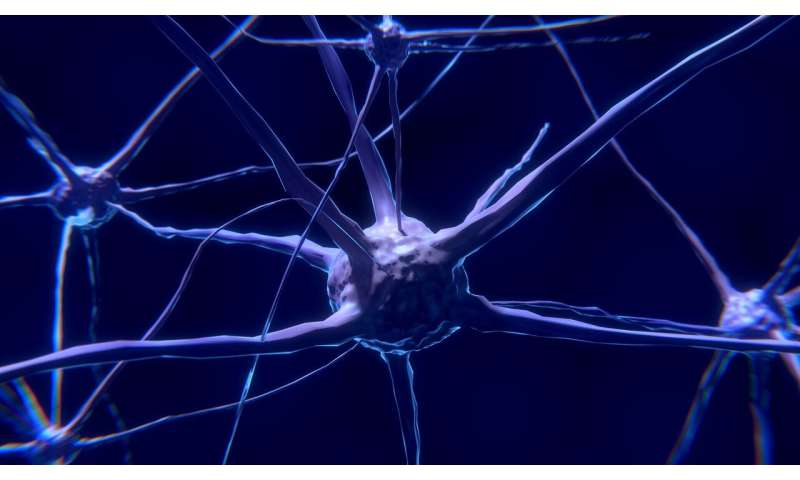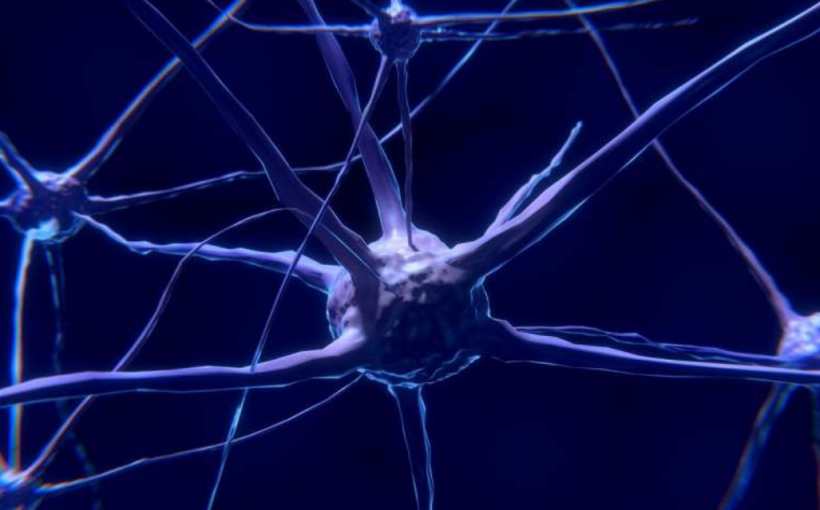
Human behavior is often explained in terms of unseen entities such as motivation, curiosity, anxiety and confidence. What has been unclear is whether these mental entities are coded by specific neurons in specific areas of the brain.
Professor Adam Kepecs at Cold Spring Harbor Laboratory has answered some of these questions in new research published in Nature. The findings could lead to the development of more effective treatments for obsessive compulsive disorder, compulsive gambling and other psychiatric disorders.
The team studied the orbitofrontal cortex, an area critical for decision-making in humans and animals alike. Damage to this brain region impairs decision-making. In a famous example, Phineas Gage, a railway worker, survived extreme damage to this area when an iron rod pierced his skull in an explosion. Gage survived but his personality and decision-making skills didn’t.
Kepecs and his lab set out to clarify how neurons in orbitofrontal cortex encode mental variables such as motivation or confidence.
“We wanted to understand how neurons code for these mysterious entities, what’s the logic behind it, what’s the architecture of orbitofrontal cortex,” Kepecs said. By monitoring the neuronal activity in the brains of rats making complex decisions, the team identified novel, unsuspected structure in the functional organization of orbitofrontal cortex.
Researchers seek to determine what messages such neural activity represents. The standard approach is to determine which features of the world a neuron cares about (which ones increase their activity) and which features they are insensitive to (no change in activity). For instance, in the visual cortex, neurons are tuned to the edges of objects and each neuron has a preference for differently oriented edges. “When you’re dealing with mental variables, the question becomes, “How do I define them?'” Kepecs said. “How do I really know that this is confidence or this is value?”
The key insight was to use mathematical models of choice behavior to compute ‘decision confidence.” This approach yielded quite specific predictions about what a representation of confidence looks like in terms of observed variables such as the difficulty of the decision or which choice was made. It turned out that many orbitofrontal neurons were consistent with these predictions, their activity increasing or decreasing with formally defined decision confidence.
Cold Spring Harbor Laboratory


